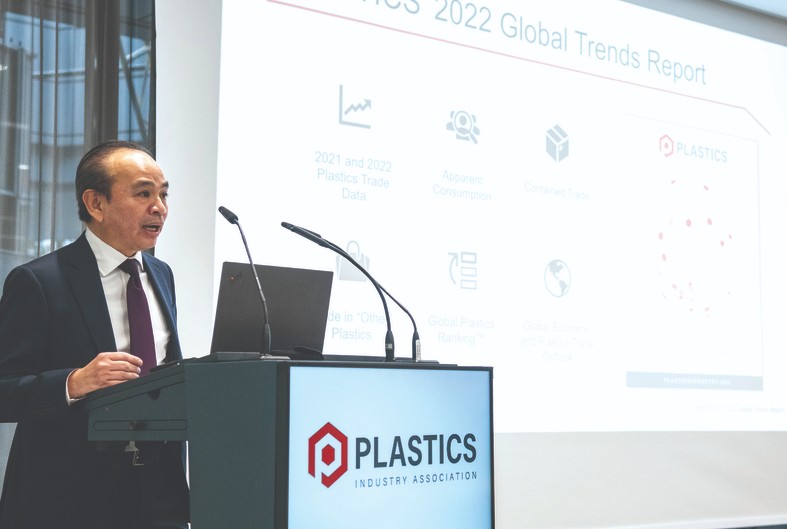Market trends
Exploiting the Possibilities of Industry 4.0
작성자 : Aeyoung Park
2018-03-29 |
조회 : 4104
Digitalized and Connected Manufacturing Environment
Today, the individual processing of components or the optimization of manufacturing during the production process are often not feasible or only in part at best. A fully connected production environment which is suitable for different industrial sectors – from biomedicine to mechanical engineering – is what Industry 4.0 or the smart factory stands for and researchers all over the world are trying hard to achieve this goal.
Researchers from three Aachen, Germany-based Fraunhofer Institutes are working together to realize the complete connectivity of machines and sensors with the goal of evaluating all recorded production data with intelligent algorithms in real time and flexibly adapting processes accordingly. In the High Performance Center for Networked, Adaptive Production, they want to fully exploit the possibilities of Industy 4.0 for particularly challenging production tasks.
“With our approach, we are bringing digitalization and connectivity into a real-life manufacturing environment,” says Thomas Bergs, Managing Director of the Fraunhofer Institute for Production Technology IPT in Aachen. “We fit out the production systems out with numerous sensors, which continuously transmit measurement data from the machines to a central database. Moreover, they send the data wirelessly, via 5th generation mobile networks (5G).” The collected data is stored in a specially developed cloud called Virtual Fort Knox and processed and analyzed there with specially designed algorithms and technology apps. This analysis helps to unravel new and surprising correlations, such as vibration patterns which indicate that the tool in a milling machine is worn. When the information is then fed back to the machine control unit, the circle closes: for example, with a warning that the tool has to be replaced.
▲ The goal of the High Performance Center for Networked, Adaptive Production is
a completely digitalized and connected manufacturing Environment (© Fraunhofer IPT)
Six Apparatuses for Pilot Applications
To illustrate the various application possibilities for the digitalization and connectivity of production facilities, experts at the Fraunhofer Institute for Production Technology IPT have teamed up with colleagues at the Fraunhofer Institute for Laser Technology ILT and the Fraunhofer Institute for Molecular Biology and Applied Ecology IME to build six different apparatuses for pilot applications, including process chains for manufacturing turbine blades, for producing medicines in plants, and for manufacturing battery modules for electric cars.
When manufacturing turbine components for aircraft engines, precision and safety are of paramount importance. Currently, the blades are mostly milled from a solid block of titanium using machine tools. This can cause vibrations that lead to inaccuracies during machining. To solve this problem, sensors capable of precisely recording vibrations down to hundredths of a millimeter and a few milliseconds were installed in the pilot apparatus. In the future, the huge volumes of data collected during this procedure will be transmitted via the 5G network into the secure cloud, the above-mentioned Virtual Fort Knox. “Only wireless data transmission with 5G creates the conditions needed for sending control commands to the machine in real time, and preventing such vibrations by quickly adjusting the machine before they even arise,” explains Bergs.
A special feature of the new High Performance Center is that all production and sensor data is stored individually for each product – in a “digital twin” containing the entire production history. If damage arises later, one can rewind to earlier in the process and use the data to pinpoint where the fault originated in order to optimize the process.
The strength of the High Performance Center in Aachen consists in the suitability of the digitalization and connectivity technologies for various fields of application. At Fraunhofer ILT, for example, researchers have tailored the concept to the manufacture of battery modules. These modules are made up of hundreds or even thousands of individual cells, which have to be welded and bonded to each other using a laser. This is a laborious process that requires high levels of reliability, because if only a single weld is compromised during battery operation, then the whole module can fail. To solve this problem, the experts in Aachen decided to use sensors to monitor the welding. “As a result, we’re able to control the quality of the laser welding in real time or trace it in the product history,” says ILT engineer Alexander Olowinsky.
Source: Kunststoffe




















